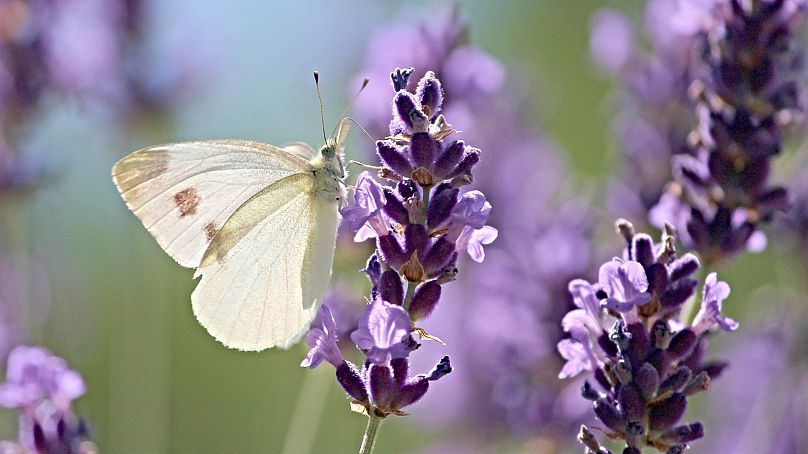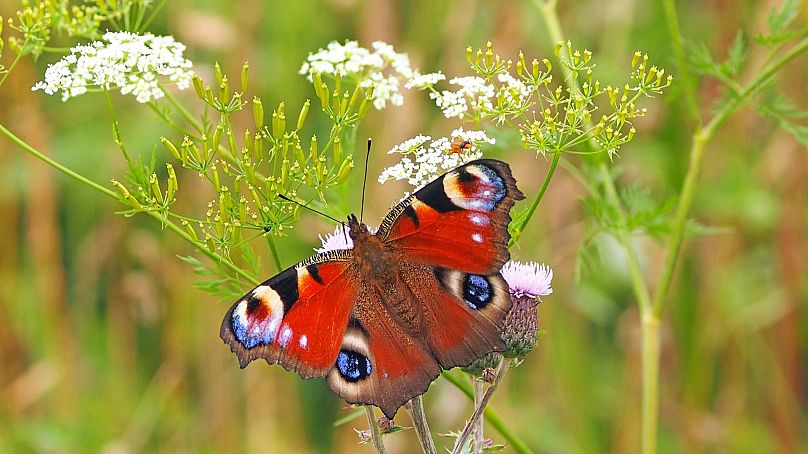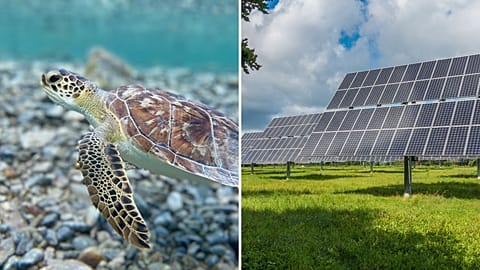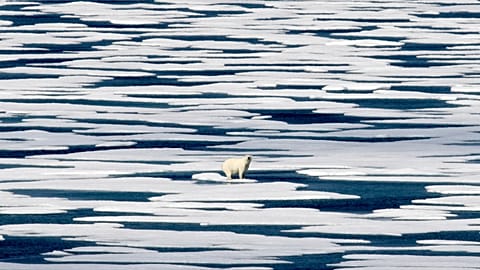Butterflies are the ‘gateway drug’ to getting people involved in conservation.
It turns out shade could be the key to understanding how the climate crisis is impacting butterfly communities.
Researchers at the University of Cambridge, UK have found that there are significant variations in how different butterfly species are able to regulate their body temperatures. Some species rely on shade to keep cool, while others are able to use their bodies to deflect heat.
Butterflies are ectotherms, which means they are unable to generate their own body heat. Instead they either use their wings to deflect the sun, or need to find locations with the perfect temperature for their bodily needs.
Scientists found that the butterflies who rely on suitable shade are those at greatest risk of population decline. Species like the Brown Argus or Small Copper butterflies struggle to regulate their body temperature, so need to find specific microclimates in their environments to stay cool.
On the other hand, paler species like the Large White and Brimstone are best equipped to protect themselves from high temperatures. Both these butterflies use their wings to reflect the sun by angling them in such a way that the heat is directed away from their bodies. As a result, these two species have stable or growing populations.
"Butterfly species that aren't very good at controlling their temperature with small behavioural changes, but rely on choosing a micro-habitat at the right temperature, are likely to suffer the most from climate change and habitat loss,” explains author Dr Andrew Bladon, a postdoctoral research associate at the University of Cambridge’s Zoology department.
Nearly 4,000 wild butterflies were caught in hand-held nets, before scientists took each of their temperatures. They hope that this new understanding of the insect will help track climate change in the future.
Butterflies are in decline
Two-thirds of butterfly species are in decline in the UK. This is largely down to habitat loss, and lack of biodiversity in landscapes. As a result, there is less variation in temperature within a space, which means the insects can no longer find the specific microclimates they need.
Now climate change is exacerbating these issues, especially for ‘thermal specialist’ species who rely on shade. The Brown Argus and Small Copper have suffered significant population declines over the last 40 years compared to other species, for example.
Insects - including butterflies - are responsible for pollinating 85 per cent of our food crops. This pollination is worth billions of euros worldwide, so protecting their continued existence is necessary from an economic standpoint too. These creatures are also a vital food source for other species like birds.
Biodiversity is important for long-term resilience, so if one species suffers there are still others around to take over. If there are limited species of insects, it makes the populations more vulnerable.
Over the last three decades, many species of butterfly have migrated northwards, as temperatures rise in places that were previously too cold for them. However, the species adapted to cooler environments are now shrinking as a result of the temperature shift.
Though this trend has been observed by previous research, the Cambridge study is the first to look at individual species’ abilities to respond to small-scale temperature shifts.
What can we do to protect butterflies?
Dr Bladon says that diversity within gardens and natural spaces is important for safeguarding butterflies.
"We need to make landscapes more diverse to help conserve many of our butterfly species. Even within a garden lawn, patches of grass can be left to grow longer - these areas will provide cooler, shady places for many species of butterfly,” he explains.
“In nature reserves, some areas could be grazed or cut and others left standing. We also need to protect features that break up the monotony of farm landscapes, like hedgerows, ditches, and patches of woodland."
Flat land has less variation in temperature, so it’s even more important that these spaces have enough cool spaces to help butterflies. But that doesn’t mean we have to start building hilltops in our gardens, even just a variation of a few centimetres can help create different microclimates. Structural diversity (different heights and features) within natural spaces is important, as monotonous landscapes don’t allow butterflies the shade they need.
"As we plan conservation measures to address the effects of climate change, it will be important to understand not only the habitat requirements of different butterfly species, but also their temperature requirements," says Dr Ed Turner in the University Museum of Zoology, Cambridge, who led the work.
"With this new understanding of butterflies, we should be able to better manage habitats and landscapes to protect them, and in doing so we're probably also protecting other insects too,” he adds.
Dr Bladon hopes that the research will help encourage more people to think about butterflies and their importance within our ecosystem.
"I like to think of butterflies as the gateway drug,” he jokes, “if we can get people involved in butterfly conservation, that's the first step to getting them to care about insects more broadly."




















